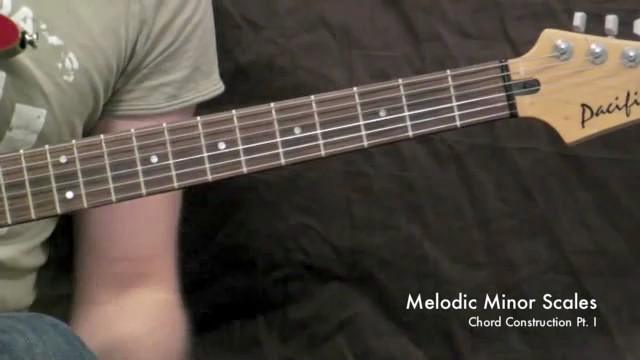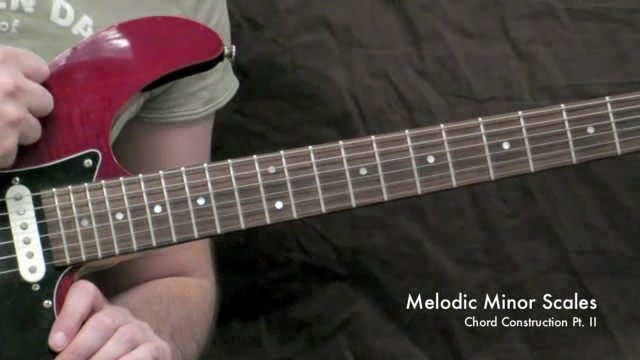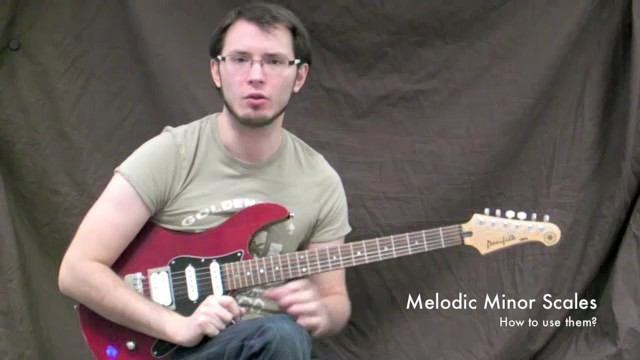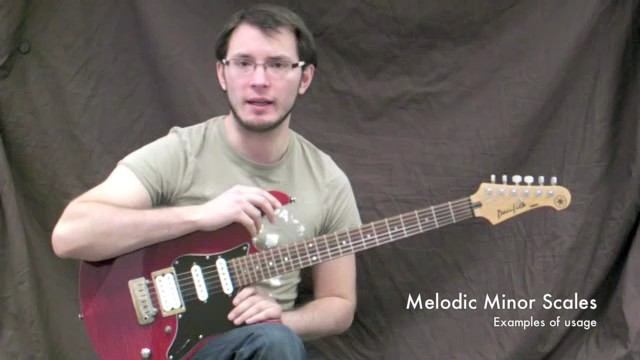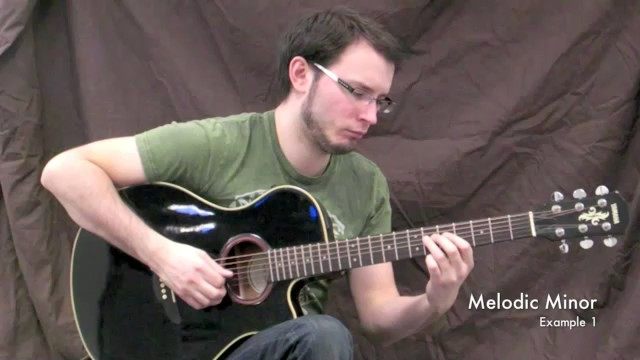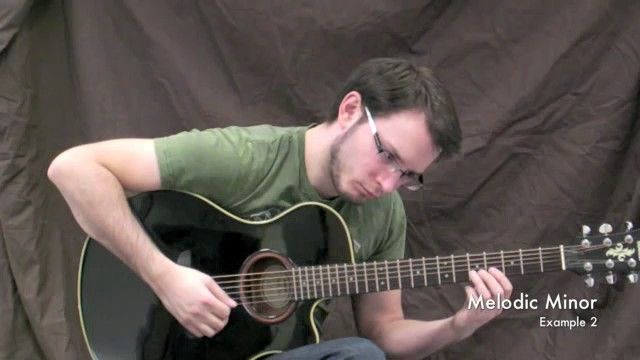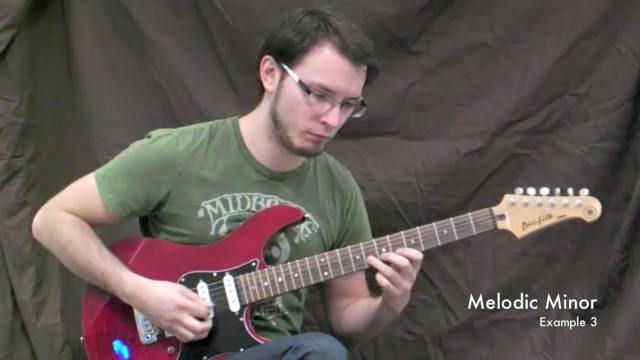-
SaveCompleteInfo1
-
SaveCompleteInfo2
-
SaveCompleteInfo3
-
SaveCompleteInfo4
-
SaveCompleteInfo5
-
SaveCompleteInfo6
-
SaveCompleteInfo7
-
SaveCompleteInfo8
-
SaveCompleteInfo9

-
SaveCompleteInfo10

-
SaveCompleteInfo11

Instructor: Tom Quayle Level: Advanced Topic: Scales Style: Any Style
Excerpt: Hi Guys! Welcome to this tutorial on using Melodic Minor Scales. In this tutorial we'll be learning how to use melodic minor scales in conjunction with the major scales we already know in a harmonic context. By the end of these lessons you'll have a good understanding of how some of the ways in which we can use melodic minor scales and their associated ch...
Media Length: 1:51
Instructor: Tom Quayle Level: Advanced Topic: Chords Style: Any Style
Excerpt: Just as when we build the seven chords from a major scale, we can build seven chords from our melodic minor scale. The first thing I want to say is don't worry if you've never studied chord construction at this stage. A separate tutorial will be coming soon explaining this very important topic, however, for now it's not required knowledge. If you do underst...
Media Length: 4:06
Instructor: Tom Quayle Level: Advanced Topic: Chords Style: Any Style
Excerpt: Remember that I'm playing these chords in 4ths tuning but the TAB is in standard so my shapes look a little different. Chord V is built from the note G and is called, G7#5 or G seven sharp five. Two voicings are provided. Chord VI is built from the note A and is called, Am7b5nat9 or A minor 7 flat 5 natural 9 Finally, chord VII is built from the note ...
Media Length: 3:03
Instructor: Tom Quayle Level: Advanced Topic: Scales Style: Any Style
Excerpt: Okay! So now we have our 7 chords for the key of C melodic minor. But how do we use them? Well first it's important to understand the fundamental difference between major scale harmony and melodic minor scale harmony. Major scale harmony is said to be functional. This basically means that when we play chord progressions using the chords from a major key we...
Media Length: 4:41
Instructor: Tom Quayle Level: Advanced Topic: Scales Style: Any Style
Excerpt: Here we go! For the first set of examples I'll be using the key of Cmajor. This gives us the following chords and all their variations, C major, D minor, E Minor, F major, G major, A minor and B diminished. We're going to use an F melodic minor scale (the scale built from the 4th degree of our parent key - Cmajor - to add extra chords into the progression...
Media Length: 5:22
Instructor: Tom Quayle Level: Advanced Topic: Improvising Style: Any Style
Excerpt: In this improvisation, I'm soloing over just two chords. Remember, it's very common to combine a major scale with the melodic minor scale built from it's 4th degree. The first chord is Eb Major and the second is Abm6 which is equivalent to our Abm∆7 chord from Ab melodic minor. In other words we can play Abm6 in place of Abm∆7. In order to play...
Media Length: 2:40
Instructor: Tom Quayle Level: Advanced Topic: Improvising Style: Any Style
Excerpt: This improvisation combines chords from a few different scales but is primarily in the key of Cm (the relative minor of Eb major). It features a descending bass line progression with some really nice harmony going on. We start with a Cm chord which I am treating as chord I of C melodic Minor. We then go to a B∆7#5 chord, which is chord III of Ab melo...
Media Length: 4:43
Instructor: Tom Quayle Level: Advanced Topic: Improvising Style: Any Style
Excerpt: This final example is a bit more up tempo to give you a bit more of a soloing challenge! Again we're in the key of Eb major but we have a new melodic minor source this time. We start with two bars of Eb major and then get two bars of Cm6 in bars 3 and 4. These we can treat as chord I of C melodic minor and a direct substitution of a Cm∆7 chord. We t...
Media Length: 4:20
Instructor: Tom Quayle Level: Advanced Topic: Improvising Style: Fusion
Excerpt: Just two chords! Ebmajor followed by Abm6. Use Eb major or Eb lydian for the Eb chord and Ab melodic minor for the Ab chord. Good luck!
Media Length: 2:56
Instructor: Tom Quayle Level: Advanced Topic: Improvising Style: Fusion
Excerpt: Good Luck!
Media Length: 5:21
Instructor: Tom Quayle Level: Advanced Topic: Improvising Style: Fusion
Excerpt: Good Luck!
Media Length: 4:29


